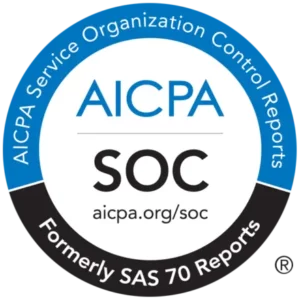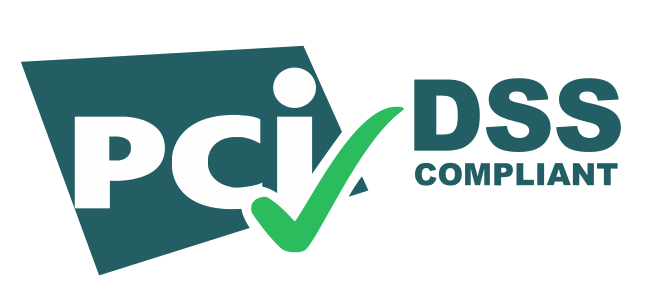What is Plagiarism?
Plagiarism’s meaning comes from the Latin word ‘plagiarius,’ which means to kidnap.
When someone uses the work of another writer or artist without properly citing the source or giving credit, that’s plagiarism.
That’s why it’s important to know what plagiarism is and utilize plagiarism checker tools to check and protect your work.

What Does Plagiarism Mean?
Plagiarism means stealing intellectual property or intellectual fraud. When you use parts of writing or artwork without crediting the original writer or artist, then the work is considered plagiarized. The meaning of and how we define the word plagiarism has changed gradually with time.
Nowadays, it is effortless to find plagiarized content, and many students change parts of a work or substitute words with synonyms. This is a form of plagiarism. It is better to work on fresh ideas, and if you want to substantiate your opinion, you must use proper quotation marks and citations (in the appropriate citation style).
Plus, plagiarism doesn’t just happen in writing. It’s applicable to intellectual property such as music, images, videos, and even choreography of a dance. That’s why it’s important to learn about plagiarism, so you can avoid doing it.
Types of Plagiarism
It’s easy to unintentionally plagiarize when you don’t know all the ways in which plagiarism can happen. So, let’s fix that.
Here’s how plagiarism can show up and what our AI plagiarism software looks for.
Direct Plagiarism
Direct plagiarism is exactly what it sounds like. It’s when someone copies another’s work without providing proper citation or credit and instead tries to pass the work off as their own.

Copyleaks FYI
Mosaic and Self-plagiarism are the most common forms of plagiarism in academic writing.
Mosaic Plagiarism
Mosaic plagiarism is when someone takes various pieces of copy from other sources and pieces them together to create a new piece and pass it off as their own original work.
Accidental Plagiarism
Simply put, accidental plagiarism is when someone inadvertently misquotes or forgets to properly cite a source. It can even be as simple as forgetting to use quotation marks.
Self-Plagiarism
If someone reuses their own work again without the permission of the professor, it will be considered self-plagiarism. In the case of publishing, the writer must keep in mind that the citation must include all the works they are utilizing as a reference, even if the work is a previous work of the same writer. Otherwise, they may end up plagiarizing themselves.
Paraphrasing Plagiarism
Paraphrasing plagiarism occurs if you take someone else’s work, re-word it slightly, and then pass it off as your own without citing the source. It’s important to note that paraphrasing itself is not plagiarism if you cite the source.

How Do You Define Plagiarism When Using Images, Videos, and Music?
If you are using images, videos, or music in your work without mentioning the source or in some cases getting permission from the artist, it will be considered plagiarism. Here are some instances that can be regarded as plagiarism while using images, videos, and music:
- If you copy any image and use it for your work without crediting the source.
- If the music produced by someone is partially or exactly similar to already existing music with no credit or acknowledgment of the already existing piece.
- Performing copyrighted music without permission or mentioning the source.
- Using parts of videos in your own video without permission or credit.
- Recreating any painting or image with the same set-up or precisely the same idea, without crediting the original.
Shooting a video clip with copyrighted music playing in the background without permission of use. - Illegal distribution of any content that has copyright will be considered plagiarism and therefore punishable.
How Can I Check For Plagiarism?
Checking plagiarism is very easy. There are plenty of paid and free online plagiarism tools that can help you to check if there is an instance of plagiarism in your work or not.
But, Copyleaks does this work in the best way. Simply upload your work to the plagiarism detector. The tool will find out the percentage of plagiarism, and it will also identify any plagiarized content for you.
With its sophisticated AI technology, you can detect plagiarism in real-time and at an incredibly fast speed. Try yourself! Start Scanning Now!

Try It Yourself!
Getting started is easy! Just click the button below to set up a free account so you can start checking your own work for plagiarism.
Frequently Asked Questions (FAQ)
Online content can be used but the writer must mention the URL of the article and the website they are consulting, or in a research paper, must cite the online source according to the rules of the required style guide. Otherwise, using parts from online content without any credit will be considered plagiarism.
Paraphrasing a source is the process of rewriting content in your own words. This differs from plagiarism which is directly using another writer’s words, ideas, or content as your own.
When referencing someone else’s work within a paper or content you are creating, it is crucial to make sure that you are referencing the source and crediting the original author using a properly formatted citation. This generally requires both an in-text citation and a more detailed citation in the works-cited page, end-notes, or footnotes. This means that you will be able to reference and use this information within your work.

